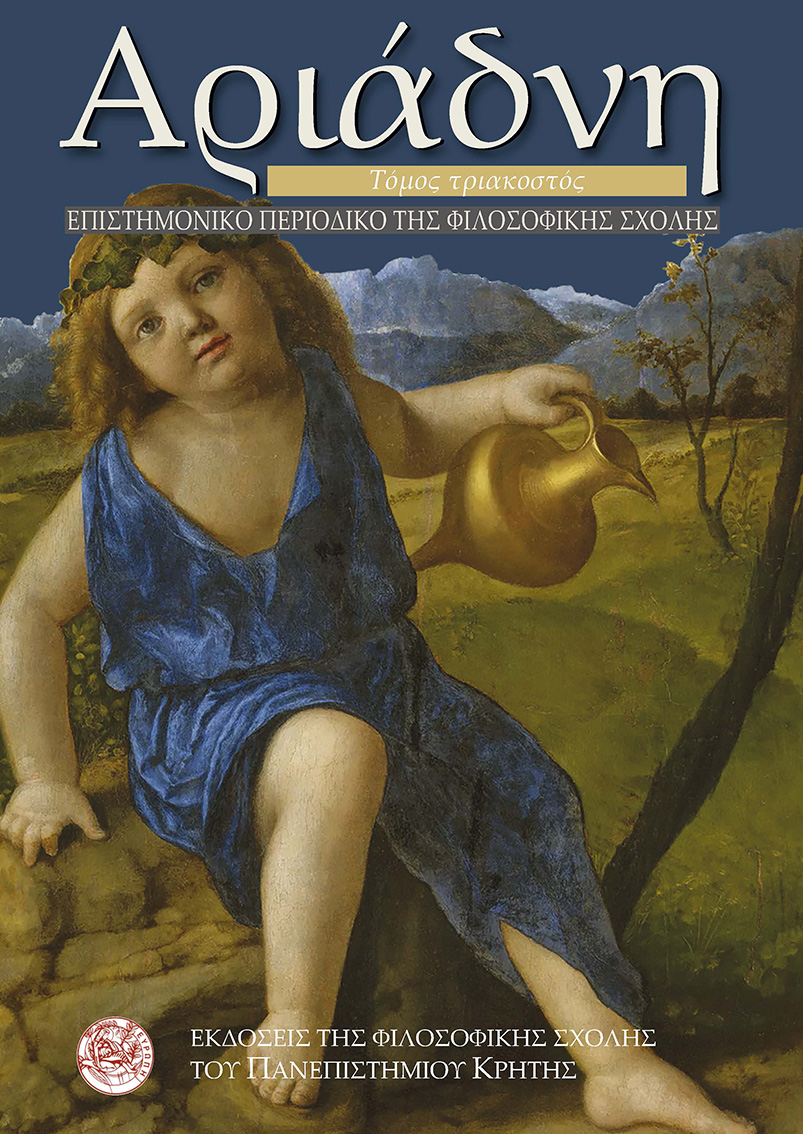The Dialectic of Imagelessness in Late Adorno
DOI:
https://doi.org/10.26248/ariadne.v30i.1897Abstract
Adorno’s oeuvre has been characterized by the epistemological emphasis it places on the concept of negation, going so far as to suggest a “negative dialectic” as the only means for philosophy to survive in an era of near total domination. This leads, inextricably, to a notion of imagelessness being central in this effort: Every attempt to construct a systemic approach leading to a positive ethical or political imperative would surrender itself to the same deficiencies that plagued the philosophical tradition of Enlightenment, and resulted in its betrayal of its own liberating potential, leading to the perpetuation of exploitation and domination, which took the extreme form of fascism in the first half of the twentieth century. In this article I attempt to reconstruct Adorno’s argument for a negative dialectic and examine the notion of imagelessness it entails. Then I endeavor to explore the consequences that such a theoretical stand has for his social and political philosophy and argue for a further examination of this thesis in his posthumous Aesthetic Theory.
Downloads
Published
How to Cite
Issue
Section
License

This work is licensed under a Creative Commons Attribution-NonCommercial-ShareAlike 4.0 International License.
Authors retain copyright and grant the journal right of first publication with the work simultaneously licensed under a Creative Commons Attribution-NonCommercial-ShareAlike 4.0 International License that allows others free use of the work for non-commercial purposes as long as the author/s and the journal are attributed properly and the new creations are licensed under identical terms (Creative Commons Attribution-NonCommercial-ShareAlike 4.0 International License).


